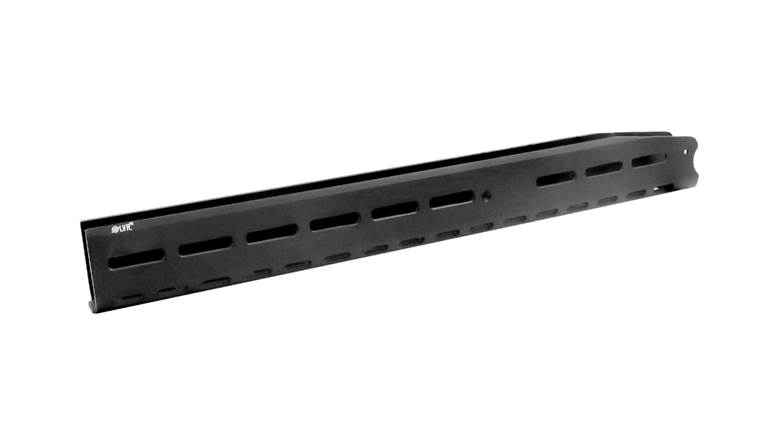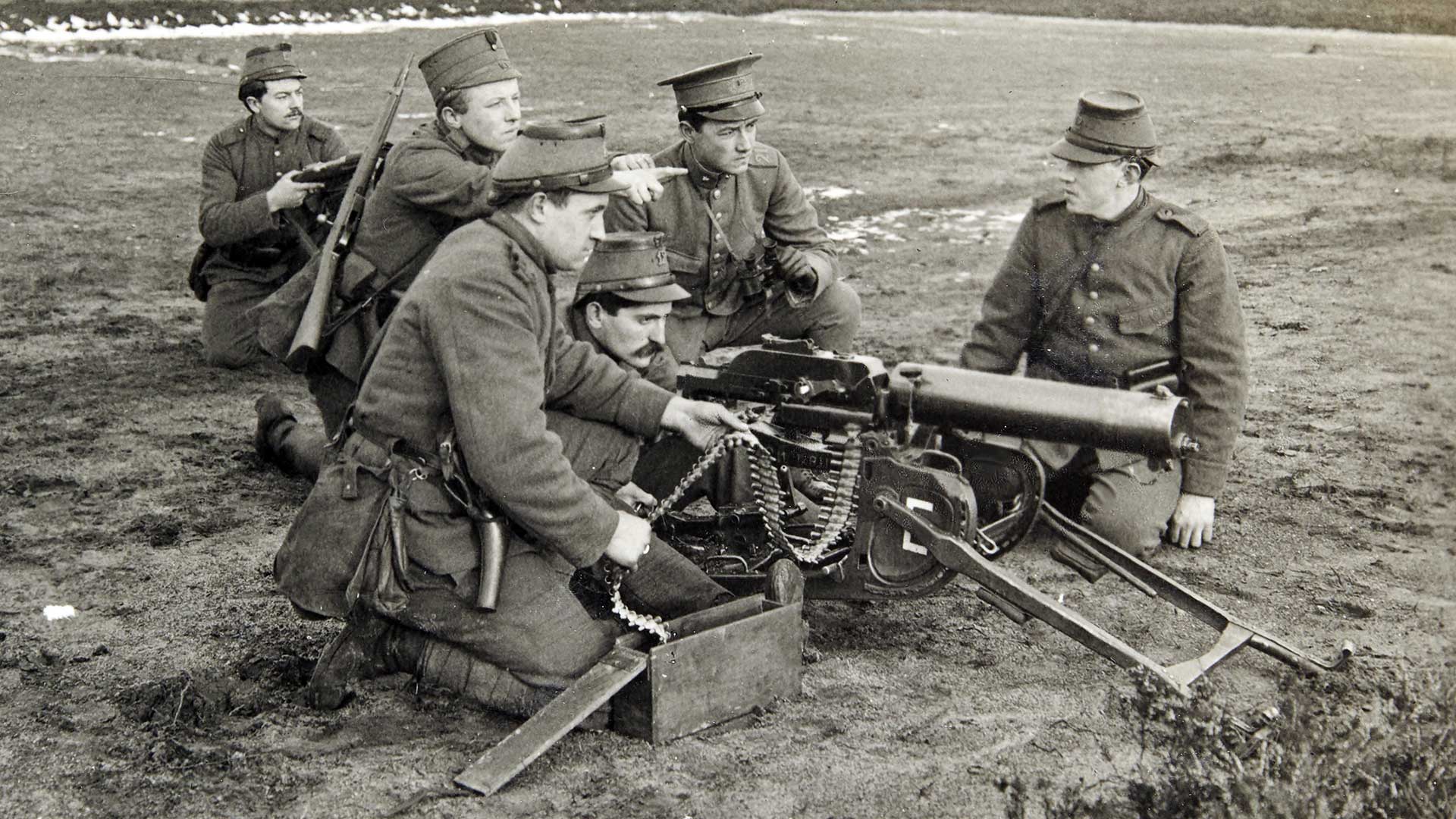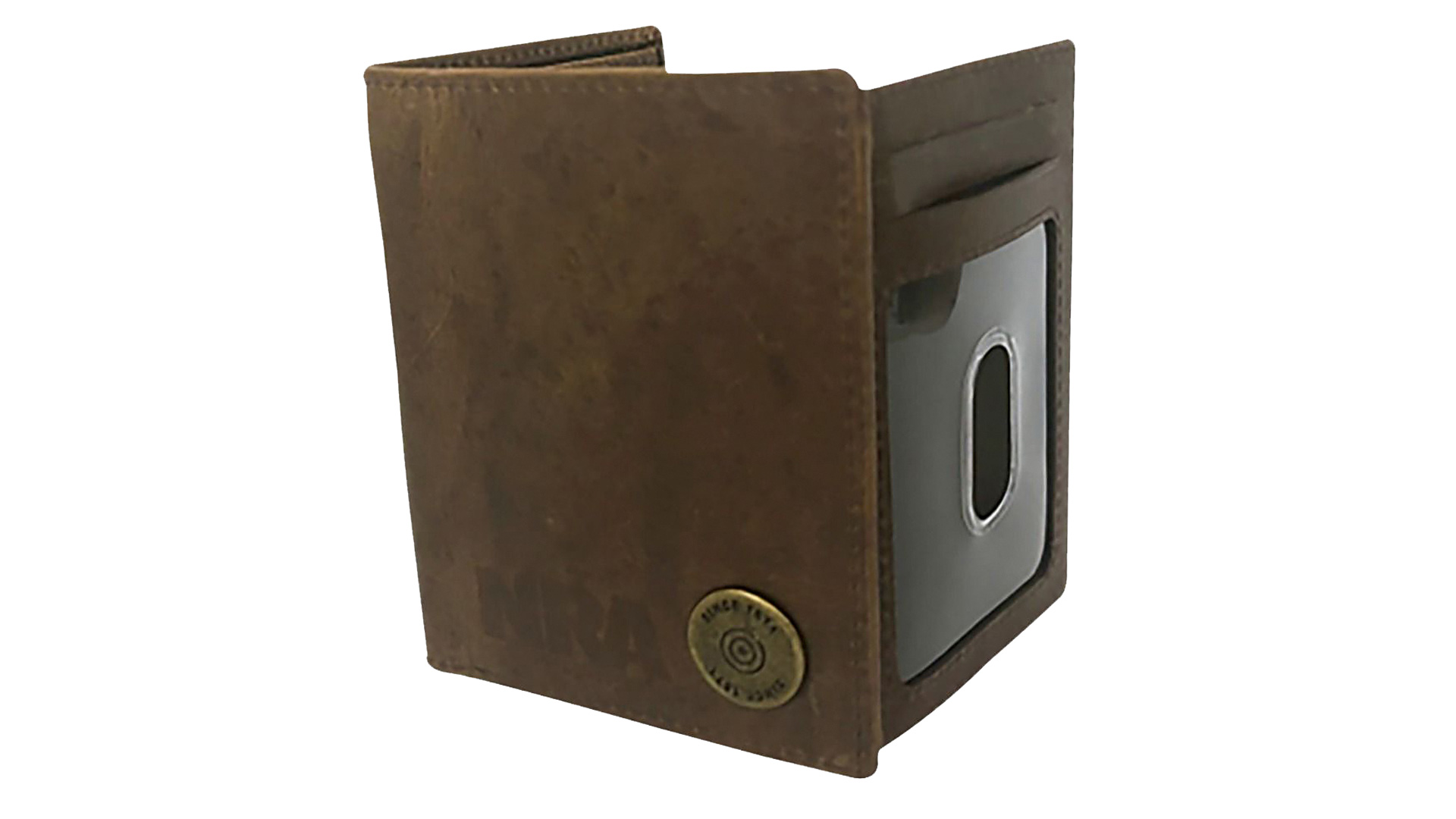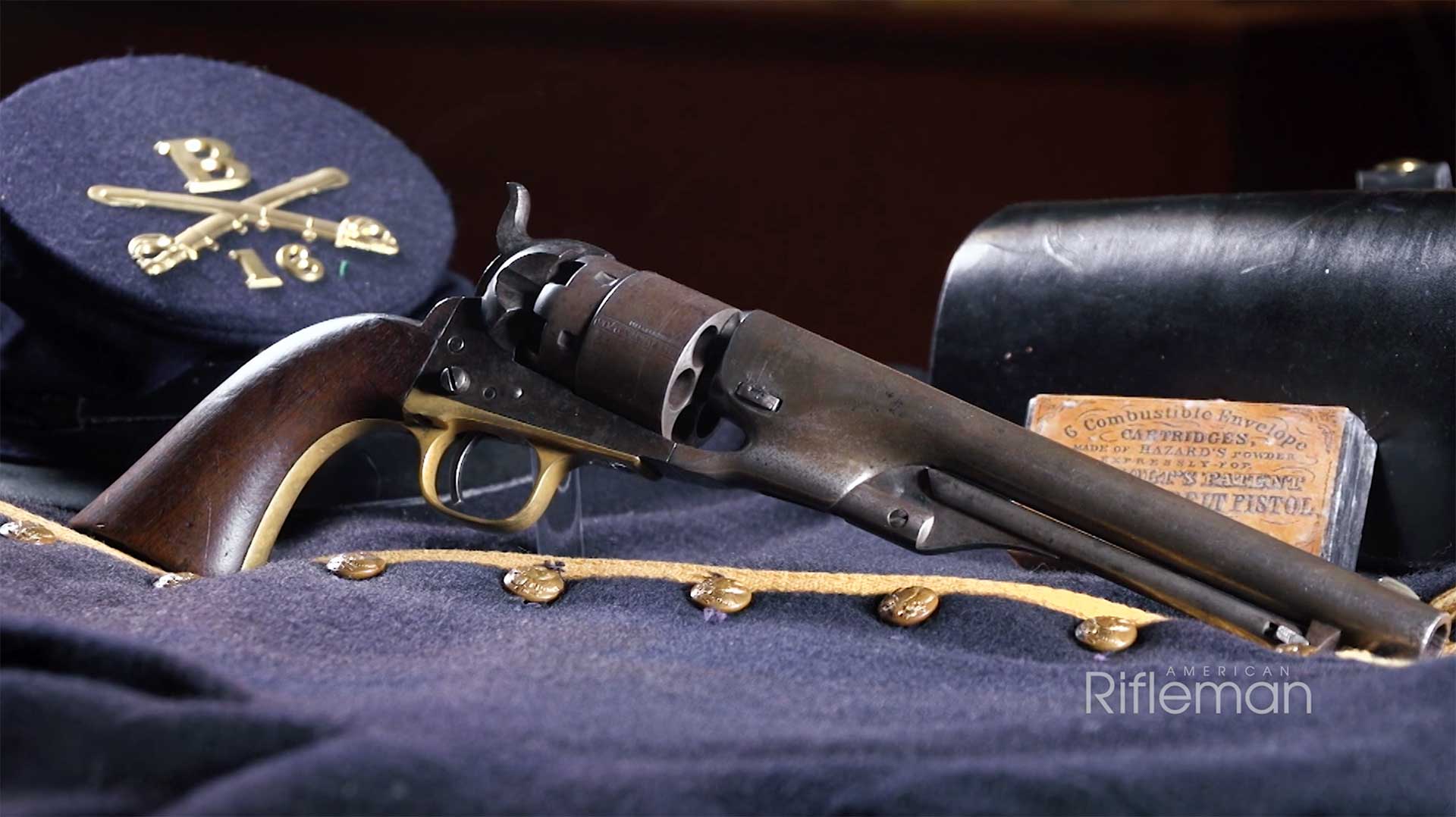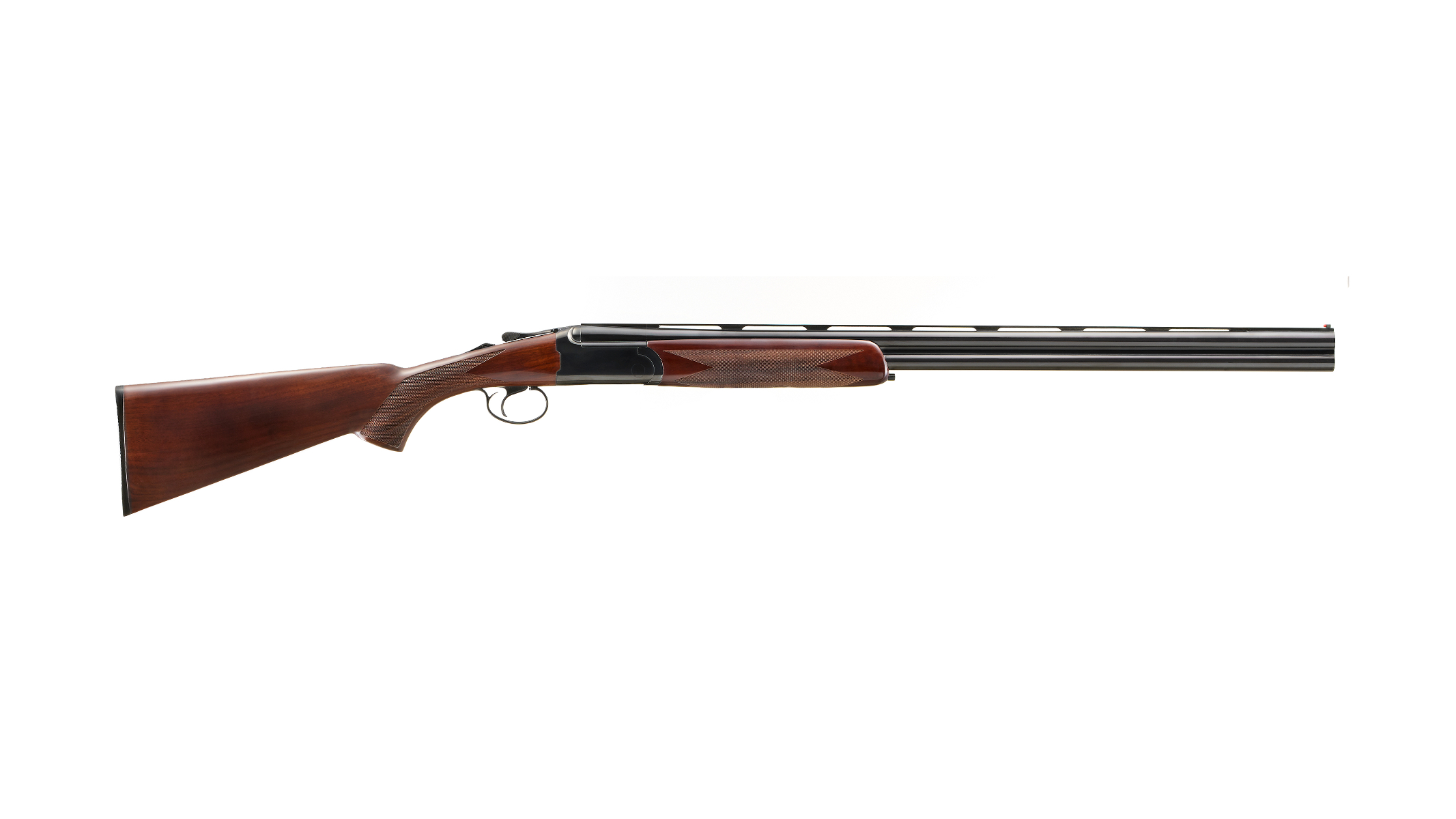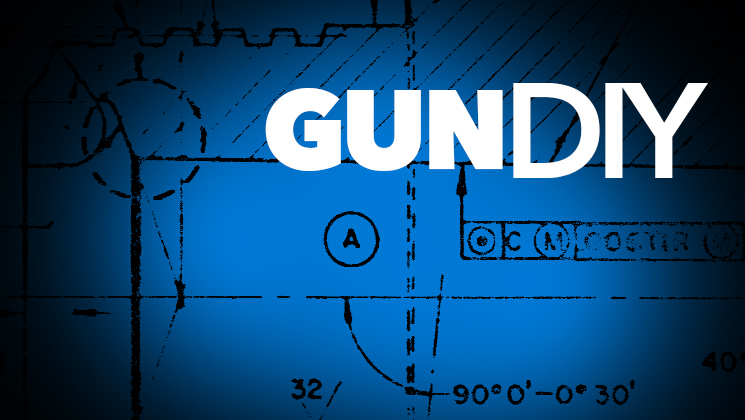
For those shooters who still "see" the value in iron sights on rifles and, in particular, rear apertures, XS Sight Systems has several options that are quickly user-installed on a variety of popular guns. (Of course, you'll need a front sight, too, and there are a few ways to add those to guns that don't already have them that don't involve gunsmithing, but we'll look at that in a future post.) XS's options for rear apertures include low and high versions of a Picatinny-rail-mounted unit along with Sako, Ruger and Remington 700 models. (The Ruger requires drilling and tapping.) One of their benefits is that they instantly increase sight radius-the dimension between the sights-because they mount at the receiver's rear, where an aperture-style sight is most effective, rather than at its front or on the barrel, which is where most factory rear sights are installed. The simple XS design features a finely threaded post that is unscrewed to raise it or screwed-in to lower it. Flats on its right and left sides allow it to be secured with set screws on either side of the sight's base, which is dovetailed to accept the post's female-threaded base with its complementary dovetail. The company even offers its aperture post with threads on the aperture's inner surface that accept Williams-threaded apertures, so you can use the post alone as a ghost ring or screw in a smaller aperture for more precise shooting. All that's needed for installation is an Allen wrench. Don't forget the blue LocTite. If you've ever had a riflescope fail on a big hunt, you might see the value in iron sights, too. What's your story?












